Konnyaku: The Awesome Story Behind Konjac Root

Savannah Walker
Posted on July 31, 2025
Share:

Konnyaku may not be the most famous food outside of Japan, but it has quietly shaped Japanese cooking and culture for over 1,500 years. With its gentle, chewy texture and nearly flavorless taste, konnyaku is a versatile ingredient that slides effortlessly from hotpots to desserts, adding a little bounce and a lot of health benefits.
What is konnyaku, where does it come from, and why is it such a beloved part of Japanese daily life? To answer these questions, let’s dive into the fascinating story of konnyaku and discover why it’s so much more than just a jelly.
What is konnyaku?
Konnyaku is a traditional Japanese food. It is made from the root of the konjac plant (Amorphophallus konjac). This plant is sometimes called “devil’s tongue yam” or “elephant foot yam.” The oddly shaped tuber originated in the hills of Yunnan, China. It has been used in Asian cuisine for centuries. Konnyaku arrived in Japan during the 6th century. At first, people used it mainly as a medicinal plant. They believed it could heal stomach problems and purify the body. Soon, it became treasured for its culinary adaptability.
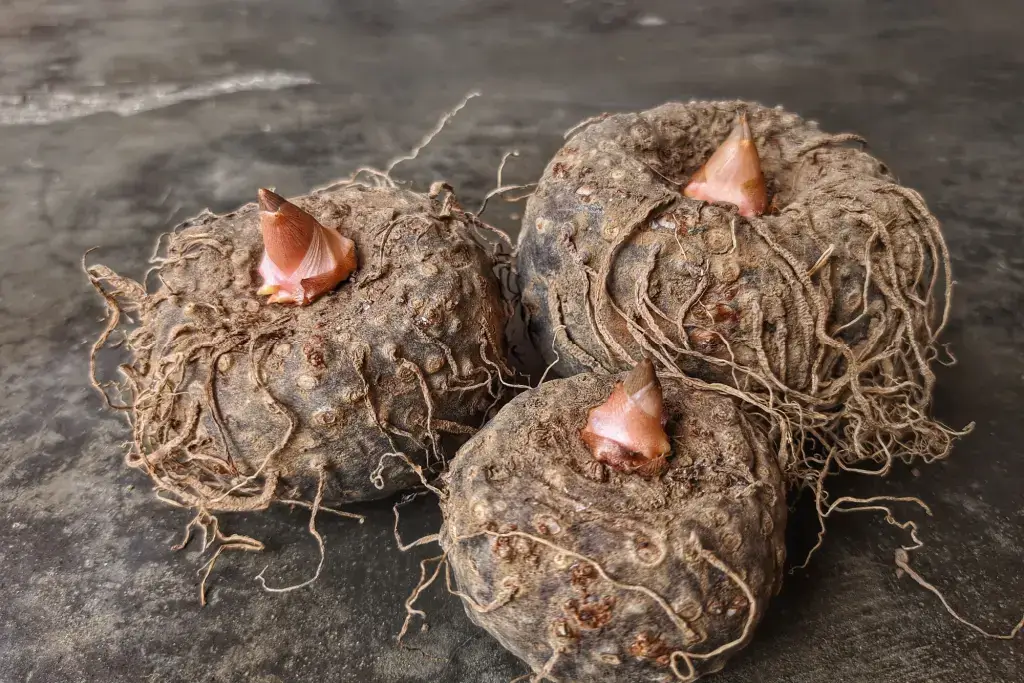
To prepare konnyaku, first clean and peel the konjac root. Then, they grind it into powder and mix it with water and lime water (calcium hydroxide). This creates a grayish, jelly-like mixture. They shape it into blocks or noodles. Next, they boil it until it is firm. The result is a pleasantly chewy, rubbery food. It is full of fiber and almost calorie-free.
The long history of konnyaku in Japan
Konnyaku’s story is deeply connected to Japanese food culture and has changed alongside the country’s evolving tastes. After arriving from China, konjac became widely used in Japan’s Buddhist temples. Monks valued it for being vegetarian and easy to digest, so it naturally became a star ingredient in shojin ryori, the traditional temple cuisine. Its smooth, jiggly texture made it a unique and filling alternative to meat.
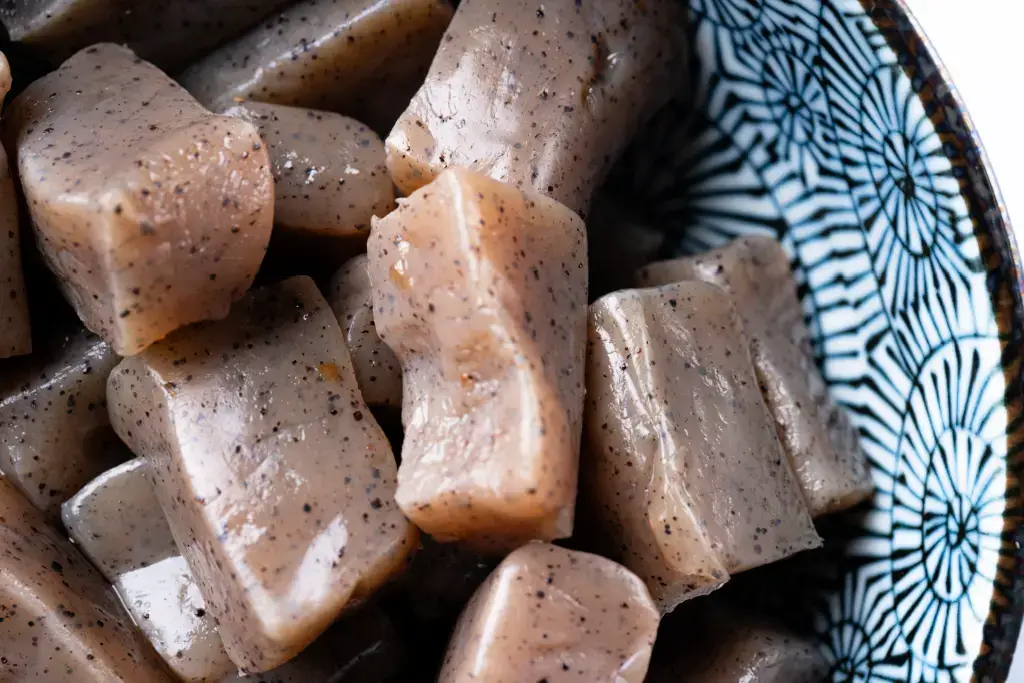
During the Heian period (794–1185), konnyaku moved from religious spaces into people’s homes. Over the centuries, farmers and home cooks across the country embraced it, using it in stews, soups, and bento dishes. In regions with colder climates like Yamagata and Gunma, konnyaku became a dependable staple during the fall and winter months.
How konnyaku is made
The process of turning the konjac root into konnyaku has stayed mostly the same for generations. It begins on farms where the plant is grown, mainly in Japan’s mountainous areas such as Gunma Prefecture, which is known for having ideal soil and climate for growing high-quality konjac.
After farmers harvest the root, it’s peeled, cleaned, and ground into a fine grayish powder. This powder is mixed with water and limewater (calcium hydroxide), a key part of the process that helps firm up the mixture to hold its shape. At this stage, the jelly turns into a springy, slightly rubbery texture that can be cut into blocks, balls, or noodles. Sometimes hijiki seaweed is added to give the jelly a speckled appearance.
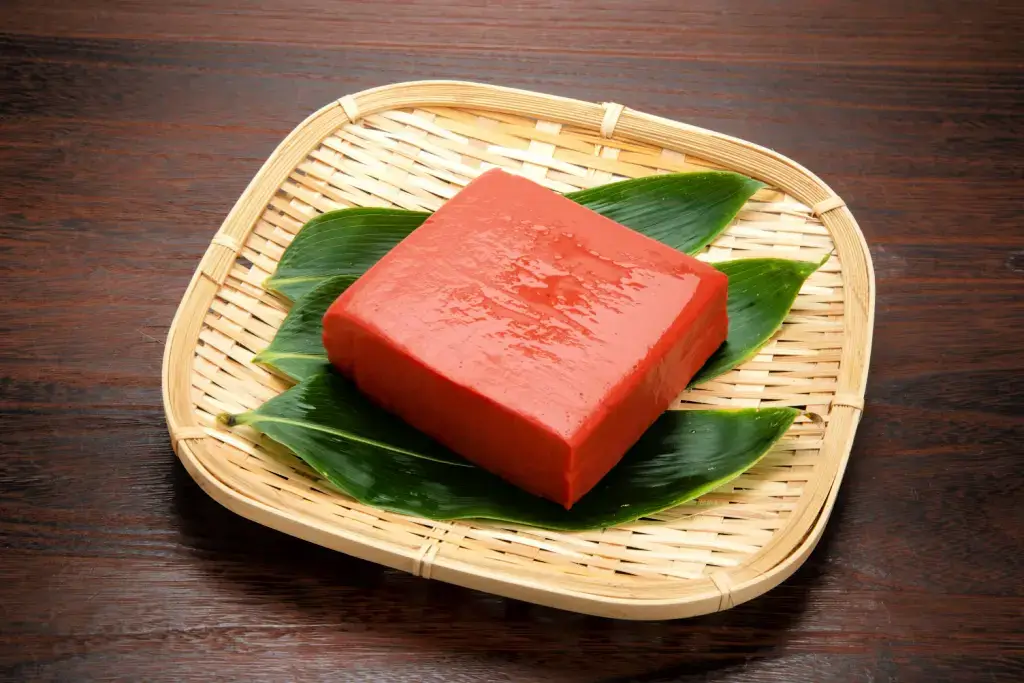
Konnyaku’s health benefits
One of konnyaku’s biggest claims to fame is its health benefits. This ingredient may look like simple jelly, but it’s packed with glucomannan—a type of fiber known for supporting digestion and promoting a feeling of fullness. Since it mainly consists of water and fiber, it has few calories and no fat, making it a favorite choice for those looking to eat lighter without giving up satisfying texture.
Many people in Japan refer to konnyaku as “the broom of the stomach” because it can help move things through the digestive system more efficiently. Some research also shows glucomannan may support cholesterol management and help stabilize blood sugar.
What are some konnyaku dishes that I can enjoy?
Oden
Oden is a classic winter dish in which ingredients like daikon, eggs, fish cakes, tofu, and konnyaku are simmered slowly in a dashi-based broth. Blocks or triangle-shaped wedges of the root soften slightly during cooking and soak up the savory broth, becoming a distinctly chewy and satisfying contrast to the other ingredients. Never flashy but always welcome, konnyaku plays a supporting role that people come to expect during colder months.
Shirataki in hotpots and sukiyaki
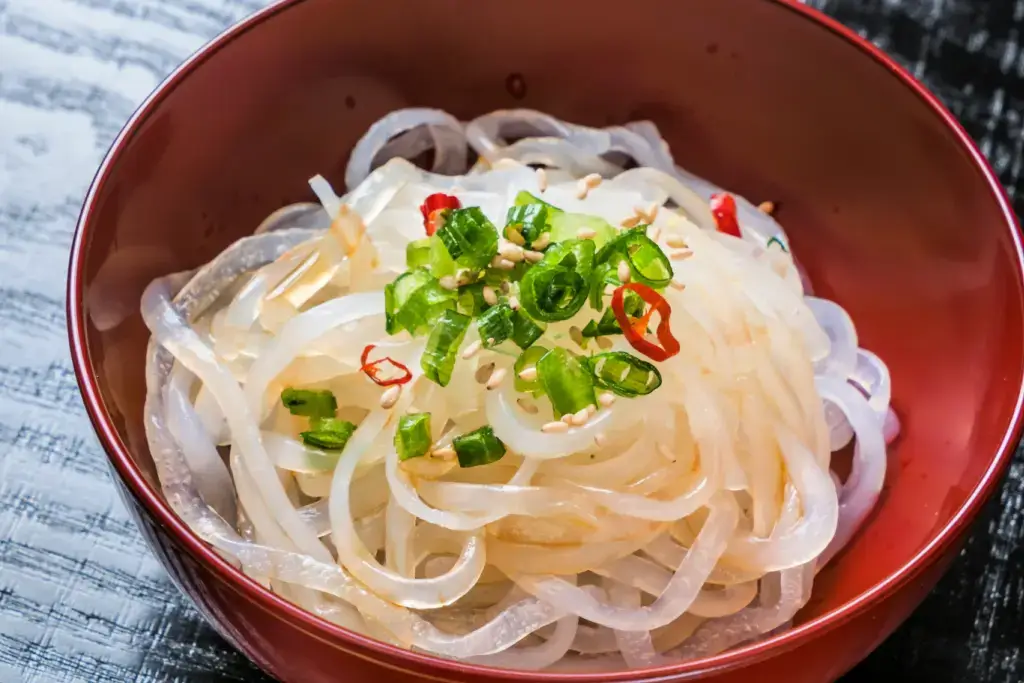
Shirataki noodles, made from konnyaku, are a common ingredient in sukiyaki and other hotpot dishes. These long, translucent noodles absorb the sweetness of soy sauce and mirin while keeping their slippery texture. They often appear coiled neatly beside other ingredients in meals shared by families and friends during winter gatherings.
Konnyaku desserts
This food is also used for making jellies and healthy snacks. These are usually flavored with fruit juice like grape, peach, or yuzu. Kids and adults alike enjoy konnyaku jelly cups, which are chewy, sweet, and easy to find in convenience stores across Japan. They’re often seen as a better-for-you choice compared to heavier desserts.
Using konnyaku at home
Trying konnyaku at home is simple. Most Japanese grocery stores—and increasingly international ones—carry konnyaku blocks or shirataki noodles packaged in water. Before using them, rinse well to remove any natural smell, and simmer briefly to soften the texture or help it absorb flavors.
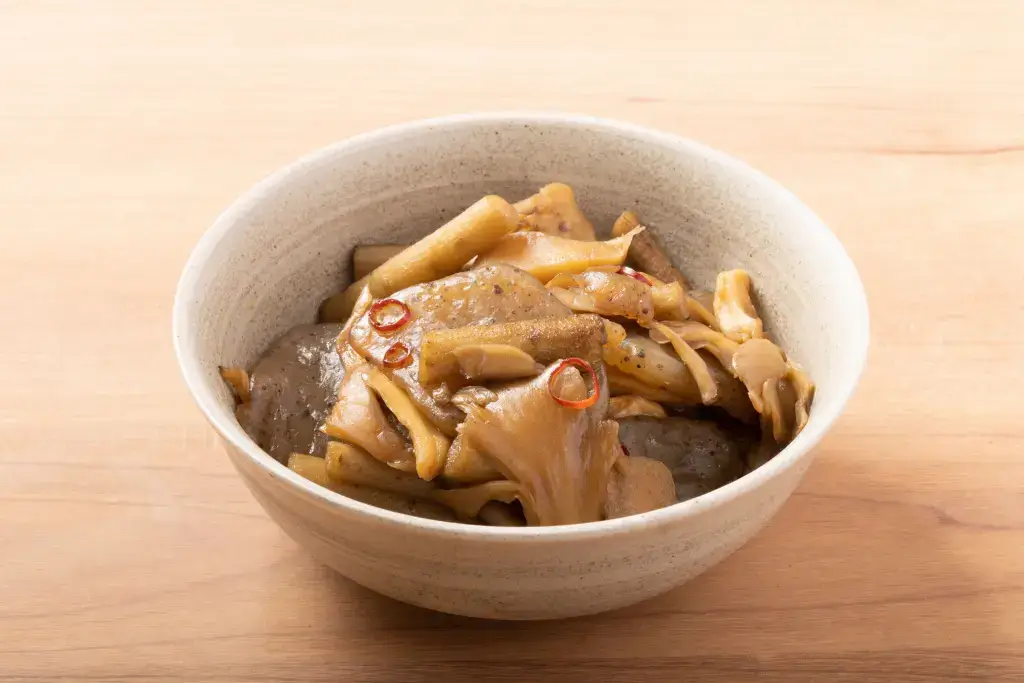
One easy dish is to slice it into strips and simmer it in dashi, soy sauce, and mirin. Let it cool for a few hours, and enjoy it chilled as a summer side. Shirataki noodles can replace pasta or noodles in your favorite stir-fry or soup. Once you start experimenting, the possibilities keep growing.
Why is konnyaku still beloved in Japan?
Konnyaku has remained a staple in Japanese kitchens for centuries because of its health benefits, culinary versatility, and gentle place in tradition. Have you tried cooking or eating konnyaku in any of its forms? Share your favorite dish in the comments below!
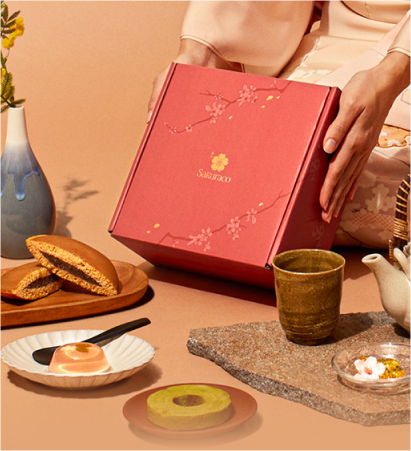
Discover authentic flavors with Sakuraco
Get Sakuraco 

Discover authentic flavors with Sakuraco
Get Sakuraco 
Related Articles
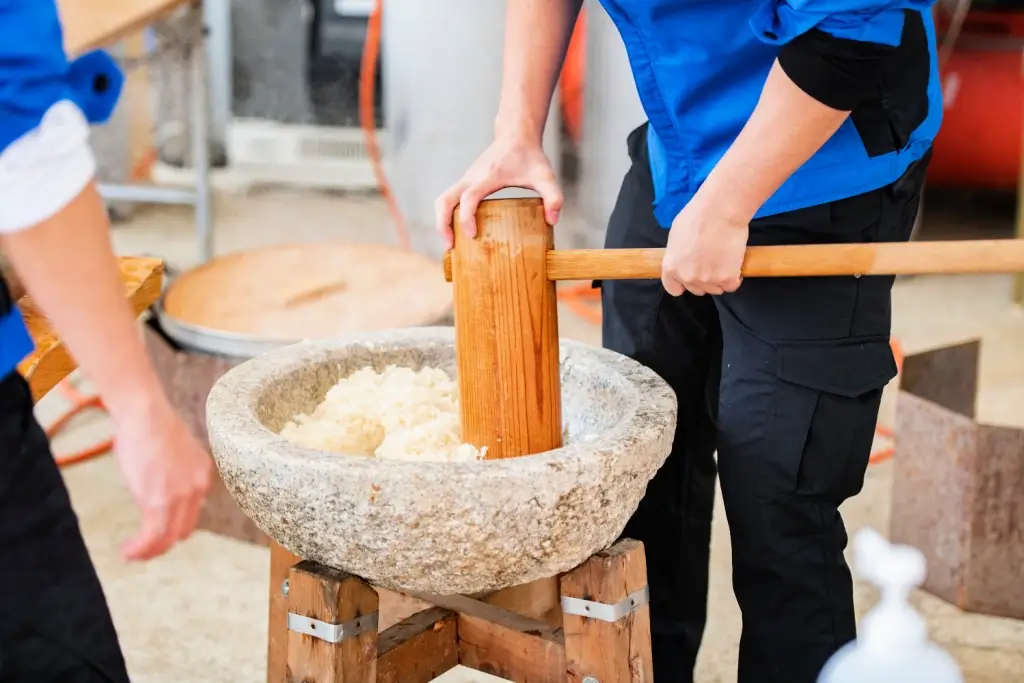
Mochi: How is Mochitsuki Made in Japan?
Mochitsuki is the Japanese tradition of pounding steamed rice to make mochi for the New Year. Families and neighbors gather to participate in this lively and meaningful tradition. The teamwork involved helps everyone feel a sense of connection.
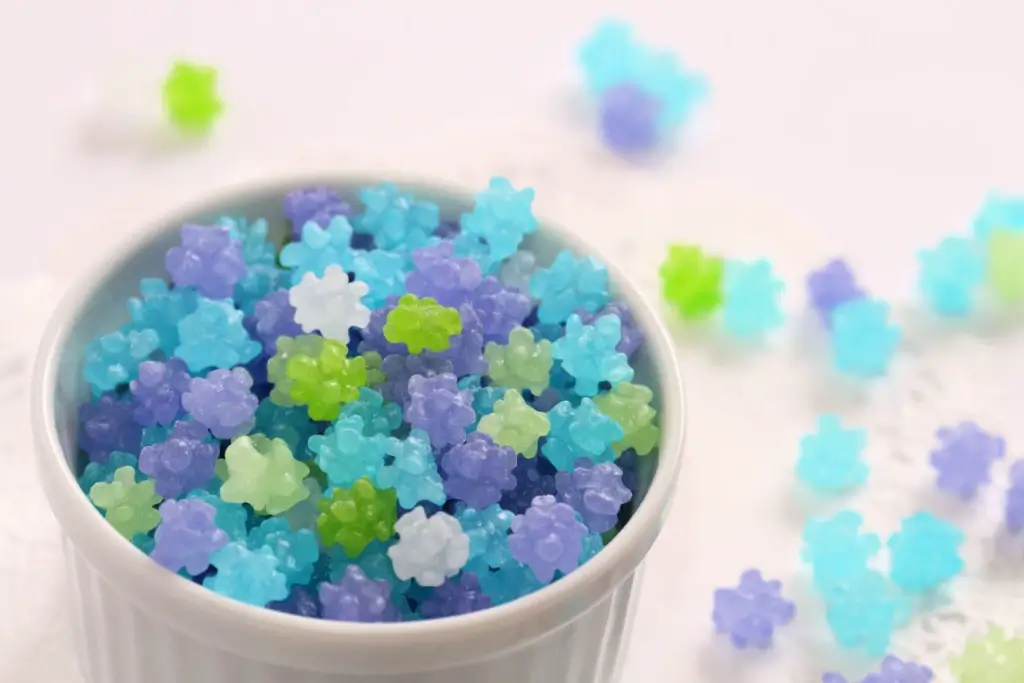
Konpeito Candy: What Makes This Starry Treat Shine?
If you are a fan of the famous Demon Slayer series, then you probably know that the favorite treat of the adorable Nezuko Kamado is those tiny, colorful little sweets.

Kinako: The Amazing Roasted Soybean Powder!
Kinako is a very popular ingredient that can easily be found in many traditional Japanese sweets. It has a distinctive flavor, standing alongside other classic tastes such as red bean or sesame. Let’s explore this charming ingredient together, and who knows, you might even be able to make it in your own beloved kitchen!
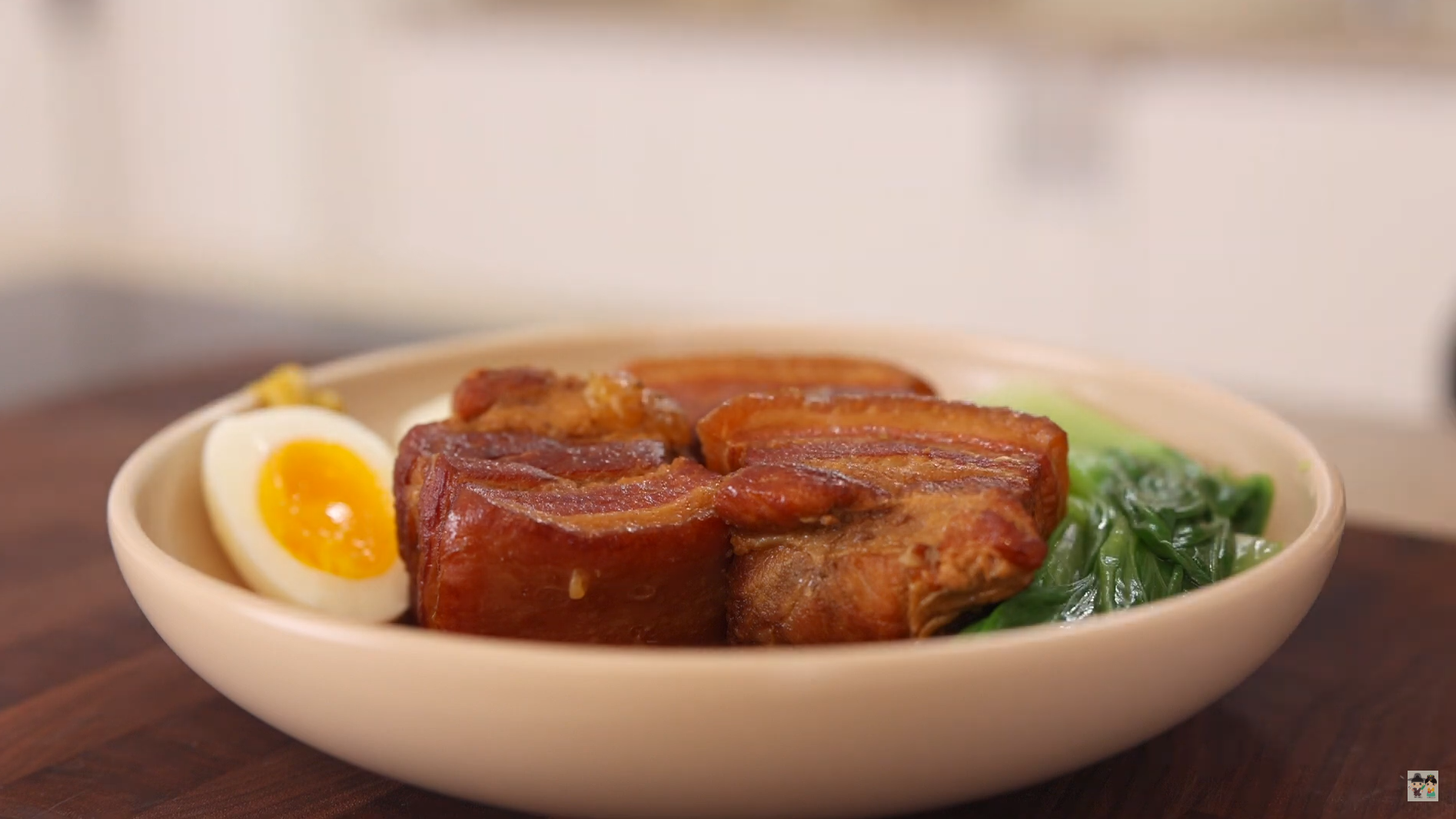
Aaron and Claire Make the Ultimate Japanese Pork Belly: Buta no Kakuni
If you want a Japanese dish that’s rich, tender, and simple to follow, Aaron and Claire show exactly how to make it in this episode. Aaron prepares Buta no Kakuni, a classic braised pork belly dish renowned for its rich flavor and tender texture.


